1. Open-Concept Everything
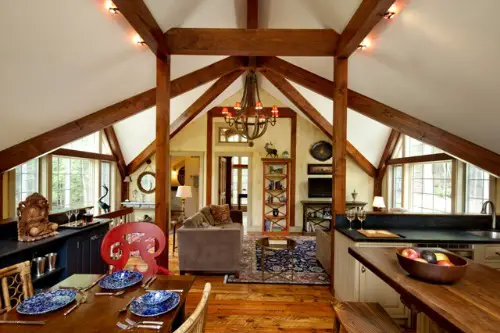
Open floor plans were once the ultimate marker of “modern living,” but they’re not always as practical as they look on Instagram. Without walls, sound carries endlessly, making it tough to concentrate if one person is working while another is cooking or watching TV. It also means fewer places to put furniture or hang art, so the space can feel oddly limiting despite being “open.” Families especially find that the lack of privacy becomes a daily frustration rather than a luxury.
In colder climates, open spaces can also be harder to heat since there are no walls to trap warmth. That often translates to higher energy bills and less comfort, especially in winter months. For parents with kids, the dream of keeping an eye on everyone can quickly shift into the nightmare of never having any quiet. What was once touted as flexible and airy now feels noisy and impractical for real life.
2. Oversized Windows
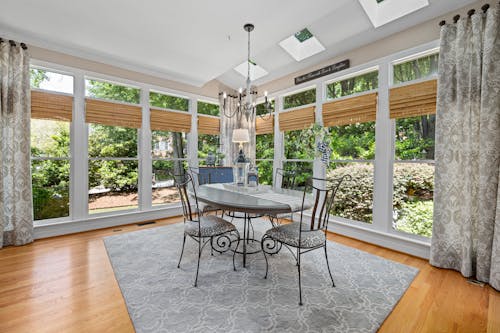
Floor-to-ceiling windows look stunning in glossy magazines, but living with them isn’t always easy. They let in tons of natural light, which sounds great until it creates glare on your laptop screen or makes a room unbearably hot in summer. Curtains or blinds big enough to cover them can be expensive and often clunky. Privacy is also harder to come by, especially in urban neighborhoods.
In winter, the problem flips: large windows lose heat quickly, making a space colder than expected. Even with double or triple glazing, they’re still less efficient than insulated walls. This means homeowners might find themselves cranking up the thermostat and paying more for heating. The “light-filled dream” can quietly become a battle with temperature control and energy costs.
3. Minimalist Kitchens
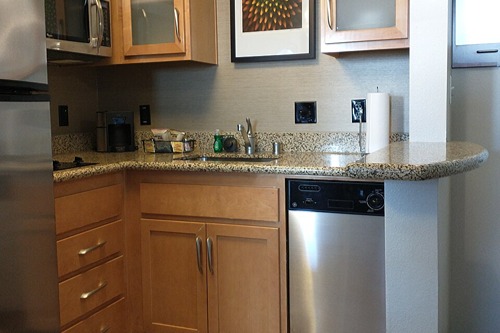
The all-white, super-streamlined kitchens are designed for aesthetics, not daily living. These spaces often lack enough cabinets or drawers, which forces people to stash appliances in awkward places. Open shelving might look chic, but it demands constant tidying to avoid looking cluttered. For busy families or avid cooks, that becomes exhausting quickly.
Minimalist kitchens also downplay practical surfaces like countertops. Without enough space, meal prep becomes stressful and crowded. Stain-prone materials like marble add another layer of daily anxiety, since one spilled glass of red wine can mean permanent damage. The dream of “minimal effort living” ironically creates more work to keep things functional.
4. Tiny Home Offices
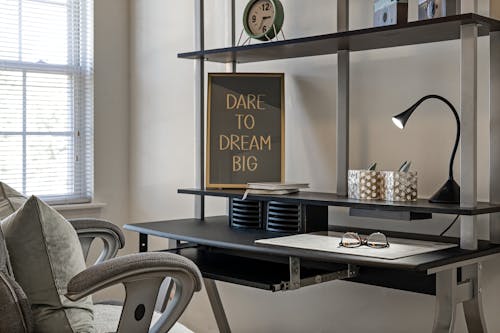
The boom in remote work made home offices essential, but many new builds only carve out a small “nook” instead of a full room. These spaces often end up wedged into corners or under staircases, leaving workers cramped and distracted. Without proper doors, background noise from the rest of the home leaks in easily. Over time, that takes a real toll on productivity and stress levels.
Ergonomics also suffer in these setups. Small desks and bad lighting lead to physical discomfort, like back pain or eye strain. With so much work happening at home, these corners feel less like functional offices and more like an afterthought. For people working 40+ hours a week, that’s far from sustainable.
5. High Ceilings
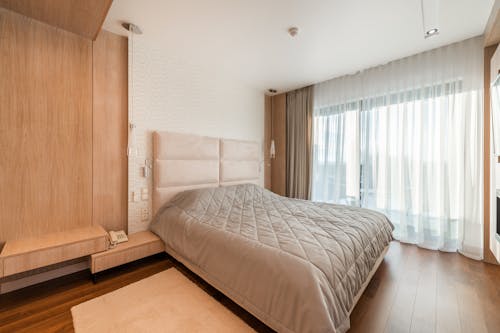
Soaring ceilings feel luxurious at first glance, but they often come with hidden trade-offs. Heat naturally rises, which means keeping the lower living areas warm in winter can be difficult. Cooling the space in summer is just as tough, leading to bigger HVAC systems and higher utility bills. The visual wow factor doesn’t always justify the long-term discomfort.
There’s also the issue of maintenance. Changing a lightbulb or cleaning a ceiling fan becomes a logistical challenge when the fixtures are out of reach. Acoustics can be tricky too, with echoes bouncing around the room. High ceilings look dramatic, but they can leave a house feeling less cozy and more cavernous.
6. Multipurpose “Flex” Rooms
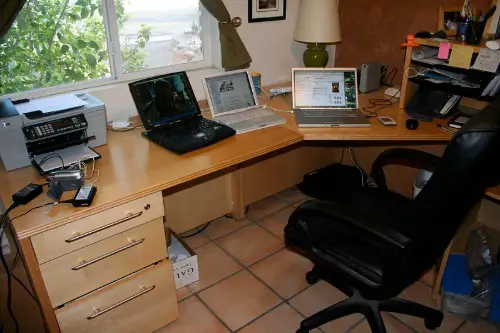
Builders now love adding multipurpose rooms that are marketed as “flex spaces.” On paper, it sounds perfect: you can use it as an office, playroom, or guest bedroom. But in practice, these rooms often end up being too small or oddly shaped to serve any one role well. Instead of being flexible, they feel awkward and underutilized.
Flex rooms also create storage issues. Without closets or built-in shelving, they demand extra furniture just to be functional. Homeowners often spend more money outfitting them than they would on a traditional, dedicated room. The result is a space that feels more like wasted potential than added value.
7. Shrinking Bedrooms
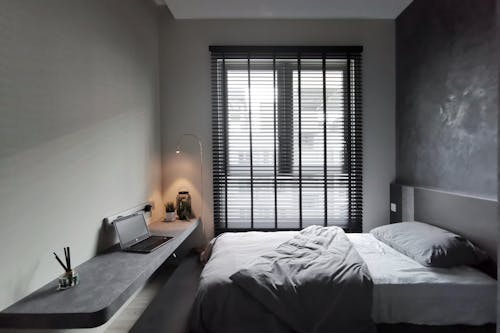
In many new builds, bedroom sizes are shrinking to save on square footage elsewhere. This means there’s less room for dressers, desks, or even larger beds. For couples or families with growing kids, that becomes a serious space squeeze. Bedrooms, which are supposed to be restful, end up feeling cramped.
Smaller bedrooms can also create tension over shared space. Without enough room for personal items, clutter piles up quickly. It makes relaxing at the end of the day harder, since the room doubles as storage. What used to be a sanctuary now feels like another stressful corner of the home.
8. Trend-First Bathrooms
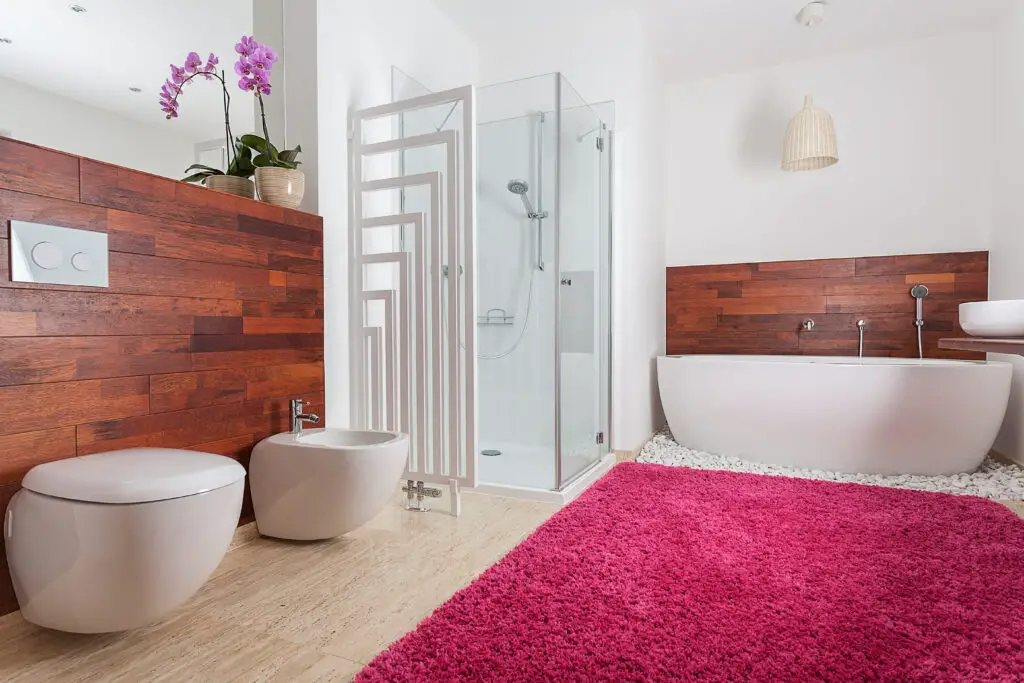
Bathrooms are increasingly designed to be spa-like, with big walk-in showers and minimal storage. While they look sleek, they often lack basics like enough shelving for toiletries. Huge glass panels also show water spots constantly, which means more cleaning. And without tubs, families with young kids feel the inconvenience daily.
Materials like matte black fixtures or natural stone scratch and stain more easily than traditional finishes. The upkeep can be more frustrating than luxurious. Even features like rainfall showerheads, while dramatic, can be less practical since they spray everywhere. The bathroom becomes more about looking impressive than serving everyday needs.
9. Outdoor “Living Rooms”
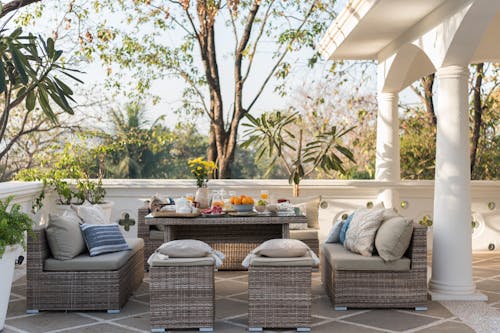
Decks and patios are now being designed as outdoor living rooms, complete with couches, rugs, and fire pits. The idea is appealing, but in many climates, they’re usable only a few months a year. Rain, snow, and humidity quickly wear down outdoor furniture. Maintaining them requires constant cleaning or covering.
Mosquitoes, pollen, and unpredictable weather can make the spaces more hassle than haven. Even when designed with heaters or fans, the outdoor comfort level rarely matches indoor coziness. Homeowners often find themselves avoiding these spaces except for special occasions. What looked like an extension of the house ends up being a seasonal extra.
10. Smart Home Overload
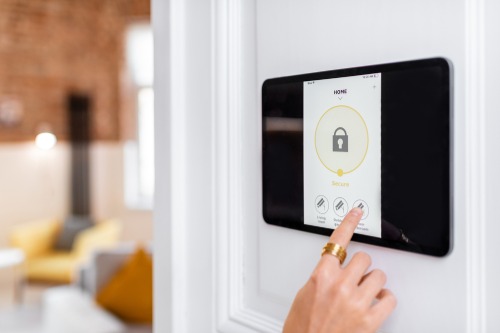
Smart thermostats, locks, and lighting promise convenience, but they also bring new frustrations. Technology changes quickly, and systems can become outdated or incompatible within a few years. If the Wi-Fi goes down, so does much of the home’s functionality. What’s marketed as “smart” sometimes feels fragile.
Security is another concern. Internet-connected devices create more entry points for hackers. Updates and troubleshooting can be complicated, especially for less tech-savvy homeowners. Instead of making life easier, the constant upkeep and glitches can leave people feeling less in control of their own homes.
11. Lack of Storage
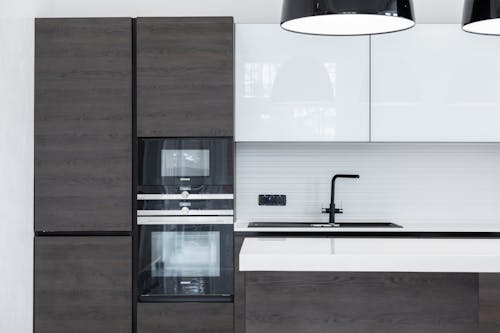
Many modern homes prioritize sleek aesthetics over practicality, which often means fewer closets and built-ins. At first, it doesn’t seem like a big deal—until daily life fills the space with shoes, coats, and holiday decorations. Without enough storage, clutter spills into living areas. The home ends up feeling smaller than it is.
Renters and buyers alike find themselves needing to purchase bulky storage solutions. This not only costs extra but also disrupts the clean lines the design originally promised. Families especially struggle, since kids come with endless gear. A house that looks minimalist in a brochure can feel chaotic in reality.
12. Rooftop Decks

Rooftop decks are becoming more common in urban builds as a way to maximize outdoor space. They sound glamorous, but they’re often windy, noisy, and exposed. Sun exposure makes them uncomfortably hot in summer, while colder months render them almost unusable. That leaves homeowners with expensive square footage that’s barely used.
There’s also the issue of maintenance. Waterproofing and drainage must be meticulously managed, or leaks can damage the entire house. Furniture has to be durable enough to withstand weather, which limits style choices. In the end, the rooftop deck can feel more like an obligation than an escape.
This post 12 New Housing Trends That Are Quietly Making Life Less Comfortable was first published on Greenhouse Black.
